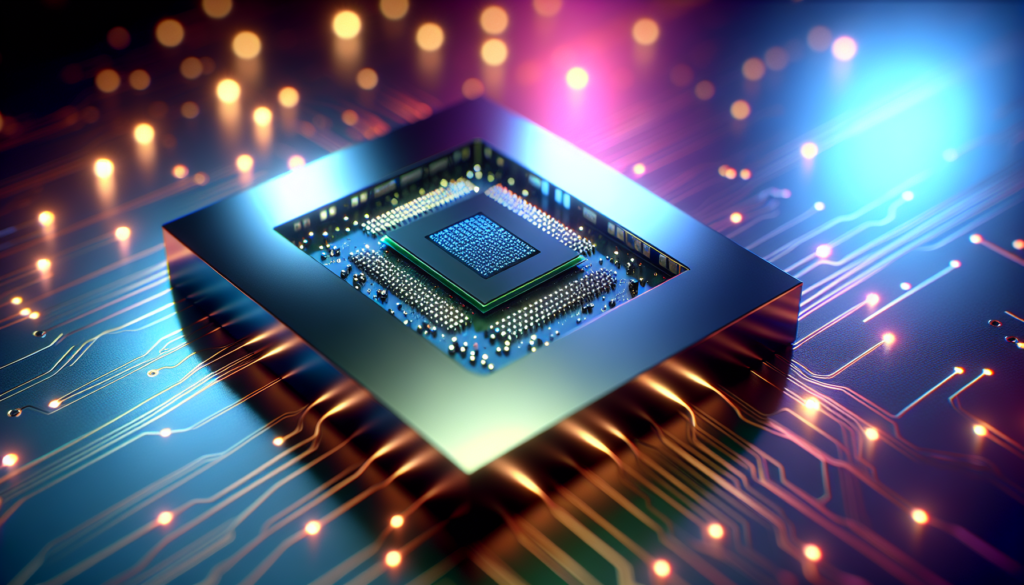Introduction
In a groundbreaking development within the AI and computing industries, NVIDIA has unveiled its latest innovation: the Blackwell B200 chip. This new processor is touted to revolutionize AI model training by offering a remarkable 30x efficiency improvement, setting an unprecedented benchmark for GPU performance. As organizations worldwide strive to harness the power of artificial intelligence more effectively, NVIDIA’s Blackwell B200 promises to be at the forefront of this transformation. This article delves into what makes the Blackwell B200 chip so revolutionary and how it is poised to reshape AI training landscapes.
Unpacking the Blackwell B200: Technical Innovations
The heart of NVIDIA’s Blackwell B200 lies in its innovative architecture, designed specifically for optimizing deep learning workloads. By integrating advanced processing units with enhanced memory bandwidth and power efficiency, this chip significantly reduces the computational resources required for training complex AI models. Its ability to perform trillions of operations per second positions it as a game-changer in accelerating machine learning tasks.
Impacts on AI Model Training
The introduction of the Blackwell B200 is set to profoundly impact how AI models are trained. With its 30x efficiency boost, organizations can now train more sophisticated models with greater speed and reduced costs. This leap in performance not only accelerates research but also enables real-time data processing applications, from autonomous vehicles to predictive analytics.
Comparative Performance Analysis
When compared to its predecessors and competitors, the Blackwell B200 demonstrates superior performance metrics across various benchmarks. Its ability to handle larger datasets with lower latency marks a significant advancement over existing GPUs in the market, making it an attractive option for enterprises seeking cutting-edge AI capabilities.
Economic and Environmental Implications
The efficiency of the Blackwell B200 also carries substantial economic and environmental benefits. By reducing energy consumption during AI model training, NVIDIA’s new chip contributes to lowering operational costs and minimizing carbon footprints for tech companies. This aligns with broader industry trends towards sustainable computing practices.
Future Prospects in AI Development
The advent of the Blackwell B200 is likely to spur further innovations within the AI sector, driving advancements in both hardware and software development. As machine learning models become increasingly complex, the demand for powerful processing solutions like the Blackwell B200 will only grow, potentially leading to new breakthroughs in AI research and applications.
Conclusion
In summary, NVIDIA’s Blackwell B200 chip sets a new standard for GPU performance, significantly enhancing the efficiency of AI model training. Its technical advancements offer promising prospects not just for accelerating AI development but also for promoting more sustainable computing practices. For those looking to leverage cutting-edge technology in their AI initiatives, understanding and implementing solutions like the Blackwell B200 is crucial. Interested readers can explore further insights on AI trends at SuperArtificialAI or learn how SynconAI can assist with implementation and consultation services by visiting our contact page.



